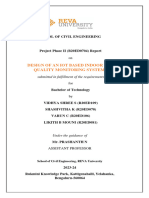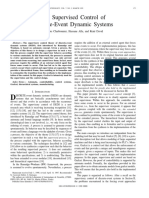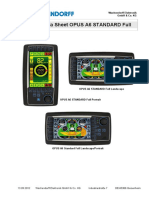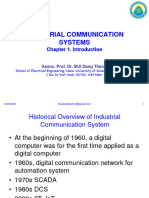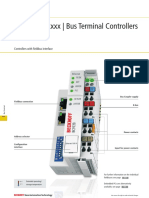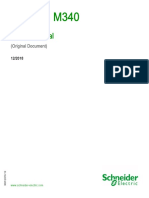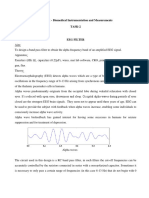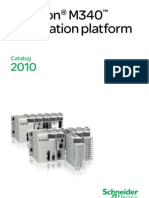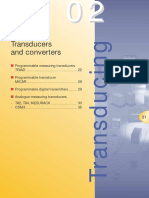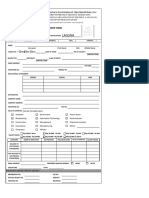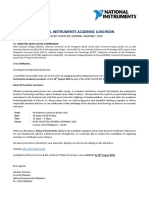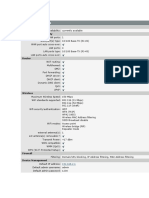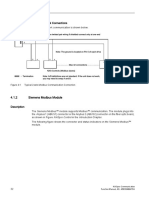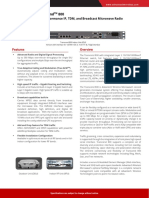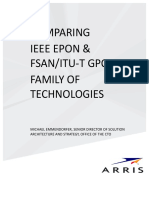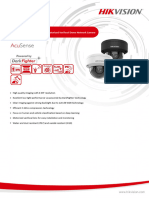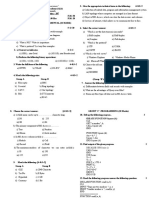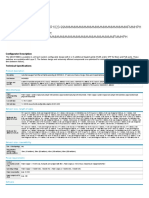0% found this document useful (0 votes)
240 views17 pagesSCADA Systems Overview
SCADA (Supervisory Control and Data Acquisition) systems monitor and control industrial processes that are distributed over large geographical areas. SCADA systems are used in applications like water and wastewater treatment, oil and gas pipelines, power generation, and transportation. A basic SCADA system includes sensors that collect data from the field, remote terminal units that send the data to a central master terminal unit, and human-machine interfaces that allow operators to monitor and control the remote equipment. SCADA systems can range from basic single-process systems to integrated systems controlling multiple processes over a large area network.
Uploaded by
tortomatoCopyright
© © All Rights Reserved
We take content rights seriously. If you suspect this is your content, claim it here.
Available Formats
Download as DOCX, PDF, TXT or read online on Scribd
0% found this document useful (0 votes)
240 views17 pagesSCADA Systems Overview
SCADA (Supervisory Control and Data Acquisition) systems monitor and control industrial processes that are distributed over large geographical areas. SCADA systems are used in applications like water and wastewater treatment, oil and gas pipelines, power generation, and transportation. A basic SCADA system includes sensors that collect data from the field, remote terminal units that send the data to a central master terminal unit, and human-machine interfaces that allow operators to monitor and control the remote equipment. SCADA systems can range from basic single-process systems to integrated systems controlling multiple processes over a large area network.
Uploaded by
tortomatoCopyright
© © All Rights Reserved
We take content rights seriously. If you suspect this is your content, claim it here.
Available Formats
Download as DOCX, PDF, TXT or read online on Scribd
/ 17










